Here is how to properly charge your RV’s chassis batteries for best performance and life. Find need-to-know information on RV tips, tricks and maintenance to keep your rig in top shape for the next adventure.
Introduction to RV Battery Maintenance
If you love RVs then the open road is calling your name. However, in order for your adventure to go smoothly you need to keep the power source of RVs working. In this post I will go over the fundamentals of how to charge your RV chassis batteries so you never have a motorhome with no engine that wont run, no matter where (or in what configuration) it is parked. You will ever need to get your RV engine running, from what types of batteries should I use, charging and maintenance tips.
Understanding Chassis Batteries in RVs
The Heart of Your RV’s Power System
Chassis batteries are typically referred to as the lifeblood of an RVs power structure. While house batteries are those that power all the appliances inside your RV, chassis battery is a type of lead-acid storage battery used to start most cars and some airplanes engines. To prevent future power struggles, it is important to recognize the distinction. To put it simply a chassis battery is the heart and soul of your RV that allows you to move from one adventure location to another.
Different Types of Chassis Batteries
There are 3 types of chassis batteries that most RVs use: Flooded lead-acid, AGM (Absorbent Glass Mat), or lithium-ion. Flooded lead-acid are the most common and affordable of all types simply because they work so damn well. While cold weather diminish the performance of lead-acid batteries, AGM models work a little better and they do not need any maintenance. Lithium-ion batteries -which are more expensive too overall last longer and quicker charging. You should know the type of battery that is found in your RV because each one has its own way to ensure they are well maintained and charging properly.
Choosing the Right Battery for Your Adventures
The right choice of battery can contribute to a much better RVing experience. In other words, make sure your location or climate and economic situation are consistent with which type of battery you should use — flooded lead-acid, AGM, or lithium-ion true deep cycle. AGM batteries might be preferred by RV enthusiasts that stay in cold weather, while those looking to keep a battery long-term might want lithium-ion due to the lifespan. Understanding the different types of batteries on your boat helps to ensure that you are prepared with regard to caring for them correctly.
Signs Your Chassis Batteries Need Charging
Dimming Lights and Slow Engine Starts
Dimming interior lights or a slow engine crank are some of the first indicators your RV chassis battery may require recharging. If your lights are flickering, or you are having a hard time turning over your engine, it may be worthwhile to check the charge on your battery. These are warning signs, if you will, that your battery is going south and requires replacement before it causes real problems.
Frequent Jump-Starts and Battery Warning Lights
If you find yourself using the jumper cables a little more often, should be at least an indirect hint that your chassis battery needs recharge — or indeed replacement? Also, look out for any battery warning on the dashboard. These warnings are referring to indicators that your health of the battery is not good and you need to check these out as soon as possible.
Corrosion and Leaking Fluid
There are the obvious physical signs — you might see corrosion around the battery terminals or leaking battery fluid. Corrosion: Corrosion can hinder the functionality of your battery as it interferes with how well the electrical current passes between both means to travel. It should be a red flag if you notice any leaks or see too much corrosion.
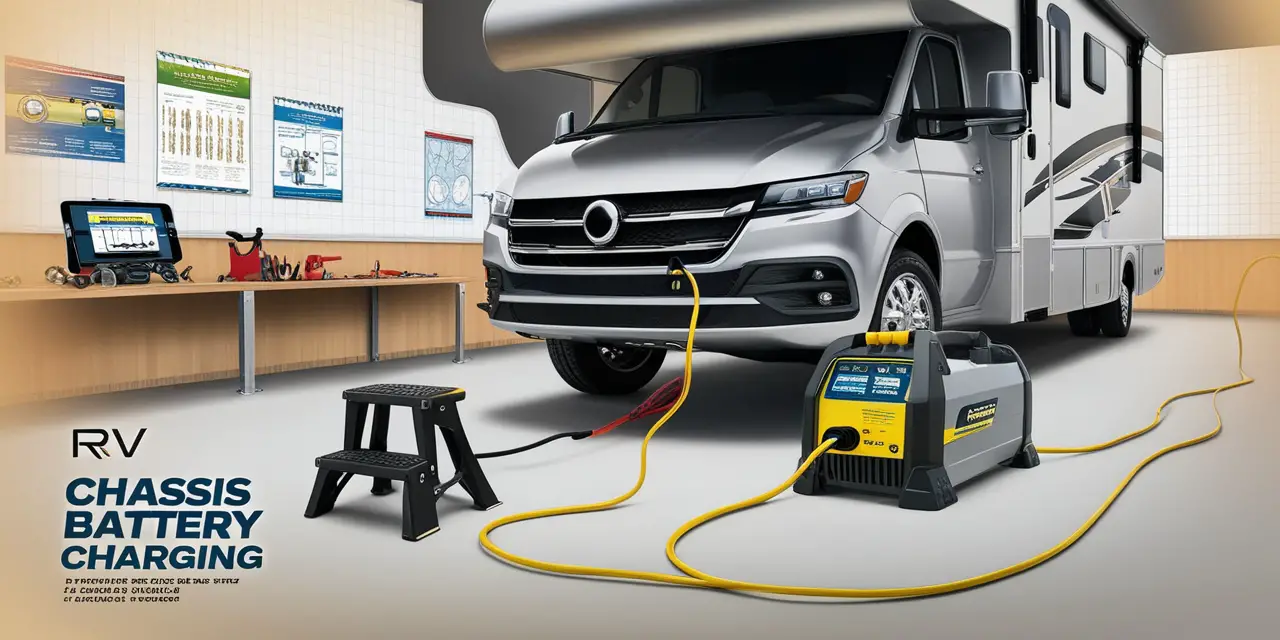
Methods for Charging Chassis Batteries
On-the-Go Charging Solutions
When you are always on the road, an RVcompanion who is moving becomes necessary. Some electric and hybrid systems from the factory include a low-current relay to allow charging of your chassis battery off that powerful 12V lithium system, but you can also use portable battery chargers or solar panels (or even add one) for free while boondocking without having to find an electrical hookup! These methods are versatile and guarantee you to have a properly charged battery wherever your exploration impedes.
Using a Generator or Alternator
Most RVs have a built-in generator or an inverter which will automatically charge your chassis batteries when you drive. The alternator is originally powered from the engine and ultimately converts some of that power into electrical energy during operation to provide battery life as you drive. Otherwise, portable generators offer a dependable way to have backup power when you’re parked and looking for some juice.
Permanent Charging Installations
Anyone looking for a long-term solution may consider adding an RV battery charger. These chargers connect to your RV electrical system and deliver a charge at all times when you have shore power. This organization guarantees you never let down for battery, so there will not be unplanned power outrage.
Best Practices for Charging Chassis Batteries
Timing Your Charges Correctly
The more efficiently you aerate your chassis battery, the better. Take out the battey when it’s at 1/3 percent and charge. Routine inspection and refills can keep your battery in good working condition without letting it fall too low continuously that you go to damage the life expectancy or functionality of one’s batter depreciate. Treat your battery better and it can last even longer, keep it between 30%–70%.
Safety Precautions During Charging
Safety is an absolute must and should always come first when charging those batteries. Use the correct charger with your battery and do not overcharge, as this may result in overheating or worse dangerous conditions. Follow your manufacturer’s instructions and / or wear gloves, goggles on battery handling to avoid any accidents.
Avoiding Common Charging Mistakes
Examples of this include using the incorrect charger, or ignoring warning signs that something is wrong with your battery. When using a charger, be sure your NEC heatsink unit is compatible and always check the battery for signs of wear. Also always avoid letting your battery discharge down to 0% because if you do this multiple times over time, the battery will have shorter life duration and become non effective.
Maintenance Tips for Chassis Batteries
Regular Inspection and Cleaning
Proper inspection and maintenance of your chassis battery will go a long way in ensuring its longevity. Every once in a while, inspect for visible corrosion or tarnishing and periodically clean the terminals to maintain good contact. Cleaning the Terminals and Preventing Corrosion with Baking Soda Using a combination of baking soda and water to clean your terminals can help prevent corrosion from building up on them, which keeps your battery in excellent condition.
Keeping Connections Tight and Secure
Poor battery performance or damage caused by loose connectionsThis is one of the infamous risks. Make sure all connections are firmly in place as they can become loose leading to a loss of power and need regular checks between making it work or not. Whenever you find a loose one, tighten it quickly to ensure that your RV power supply lasts.
Storing Batteries Properly in the Off-Season
Off Season StorageFor your Chassis battery when you are not using it in the winter. Keep it safe from extreme temperatures in a cool, dry place. Using a trickle charger, you can keep the battery at full charge when your RV goes into storage which prevents it from completely draining while also maintaining its readiness for use on that next trip.
Conclusion on Proper Battery Care
How To Care For Your RV Chassis BatteriesIn conclusion, building a routine schedule for charging and maintaining your chassis batteries is critical to ensure years of trouble-free travel. It will help you to understand what type of battery your RV uses, and it explains the warning signs that tell you when a charge is in order so that way you can be prepared before taking off on another adventure. Ways your battery in tip-top shape range from charging solutions on-the-go to permanent installations.
Not paying proper attention, and not taking care of your battery is something that will ultimately kill the length of life it can offer you in an RV experience. Remember: A well-kept battery means you’re ready for the next ride. Join our community of RV enthusiasts and DIY travelers to get more advice on all things related to maintaining your RV battery, as well as discover better ways for charging it. We continue to churn on and turn in — just the way we like it here at Sunday Drive.



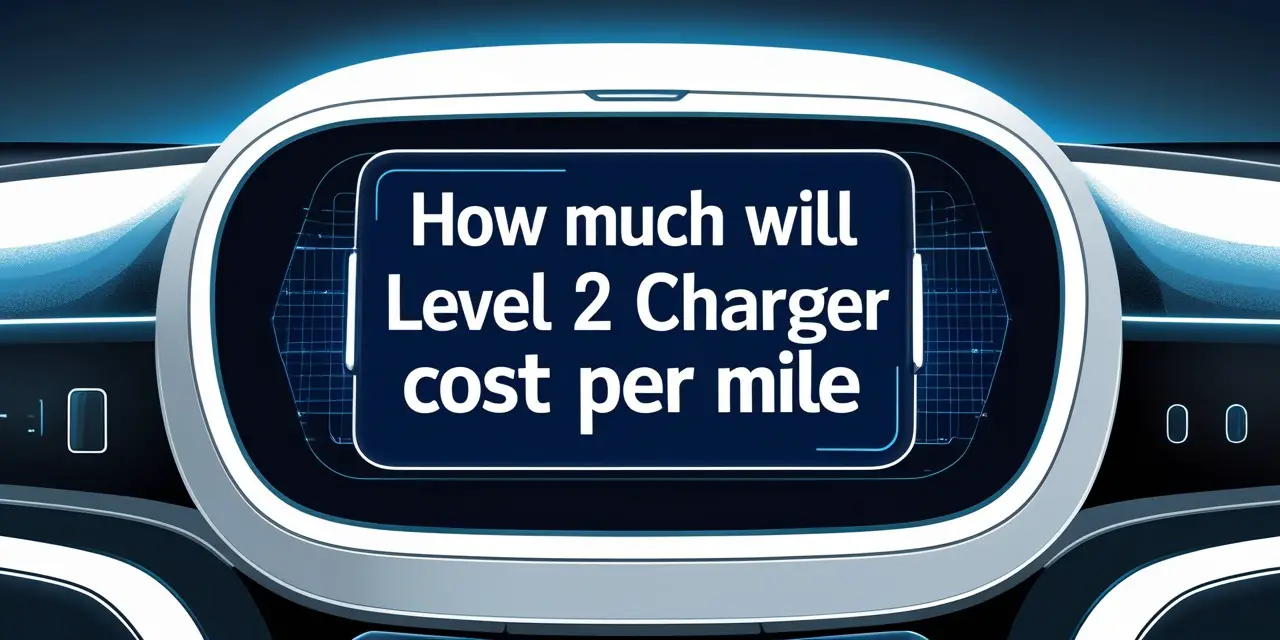
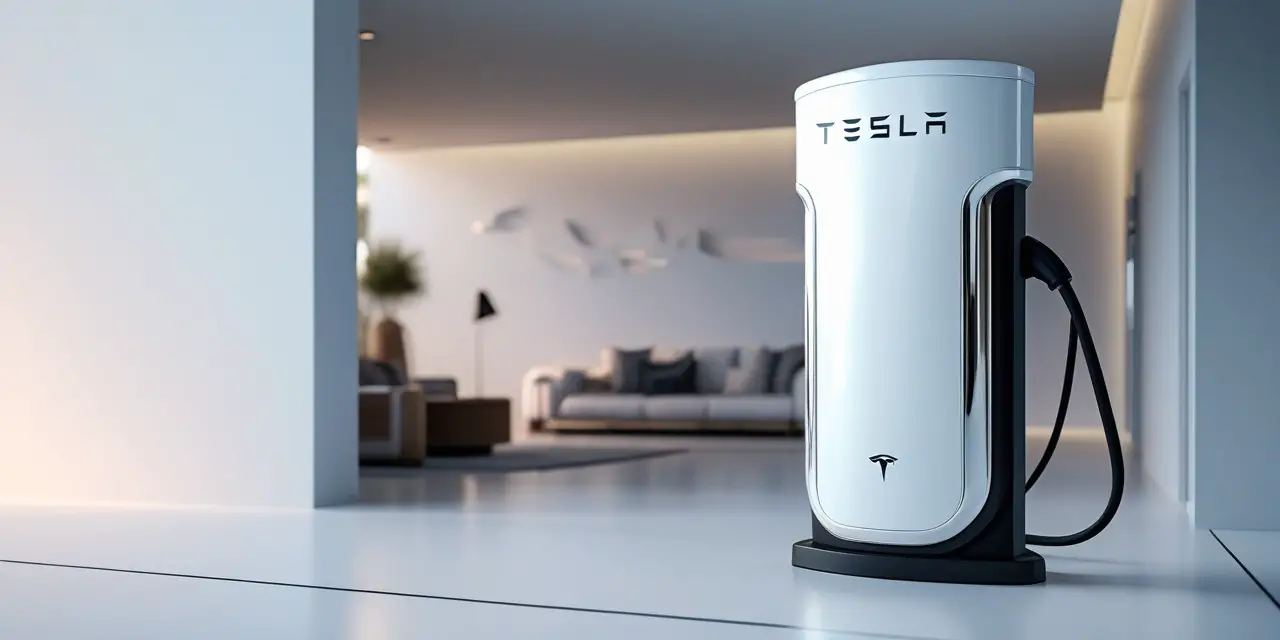
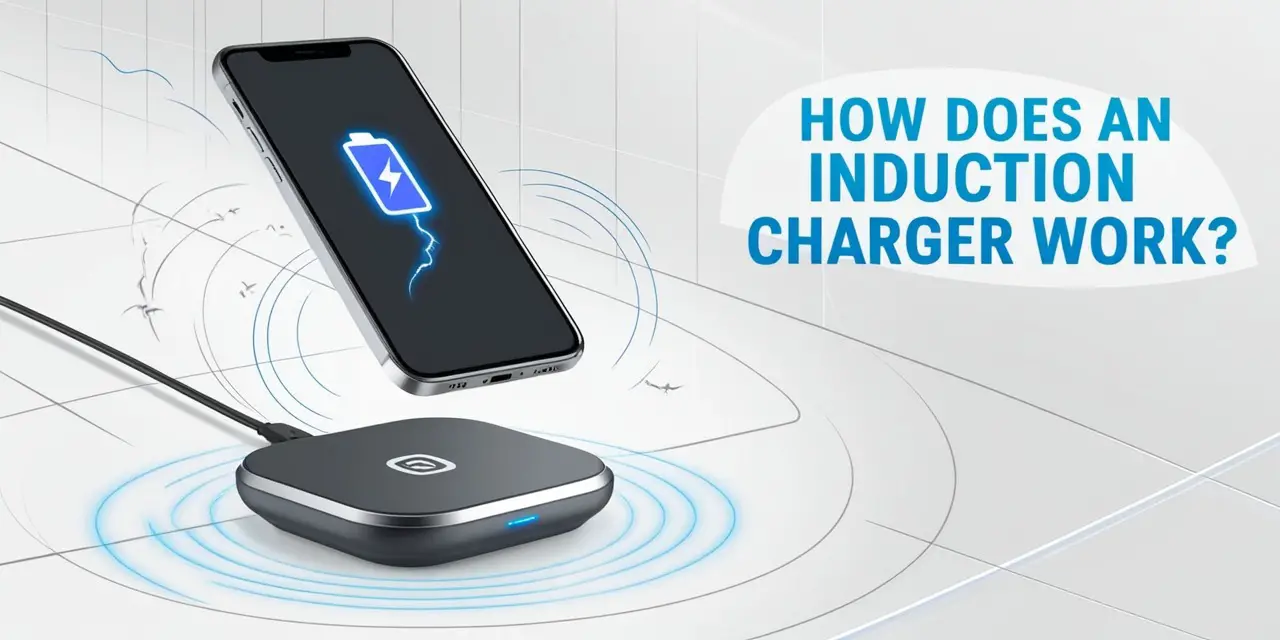

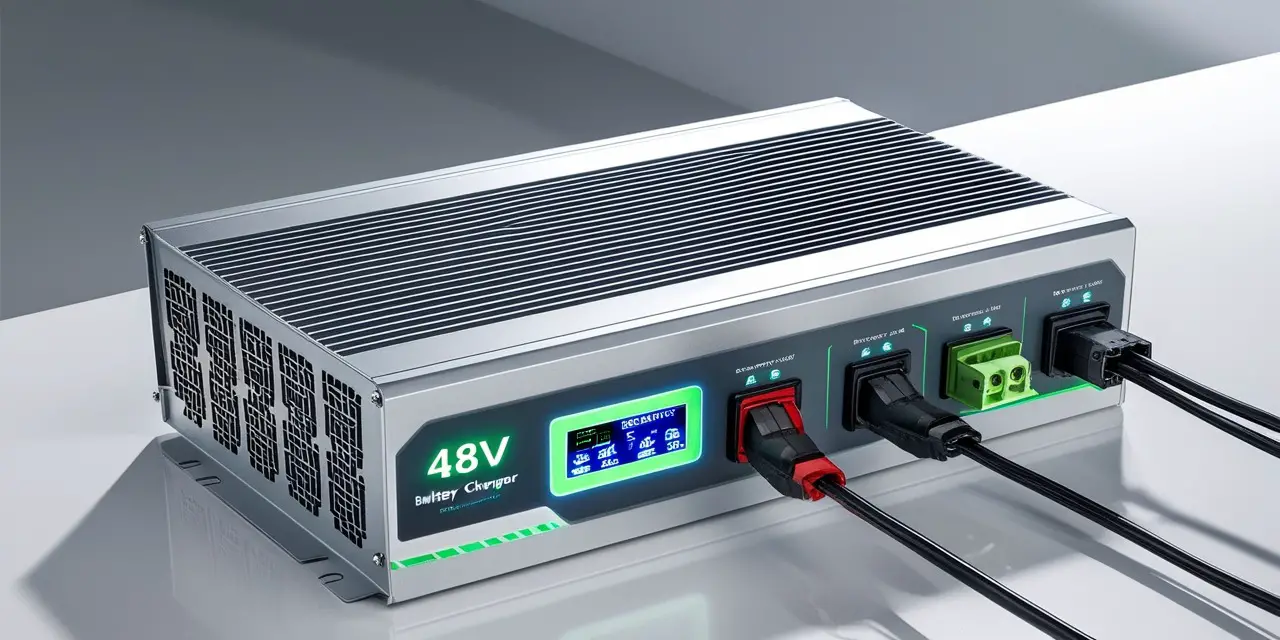
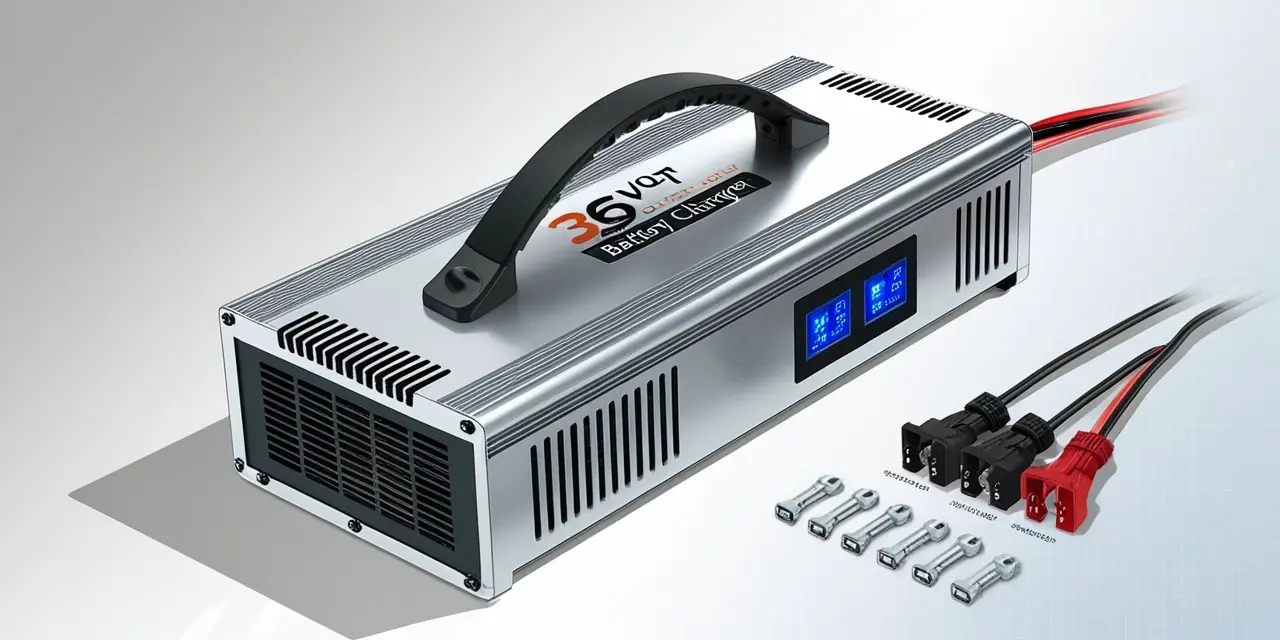
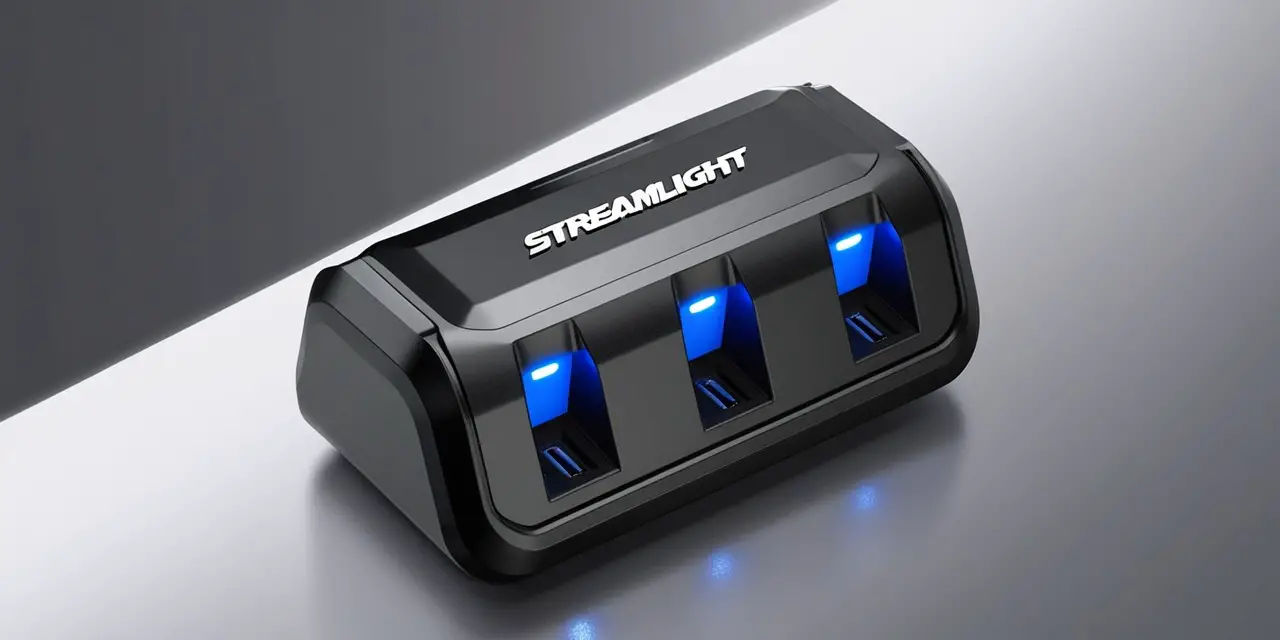
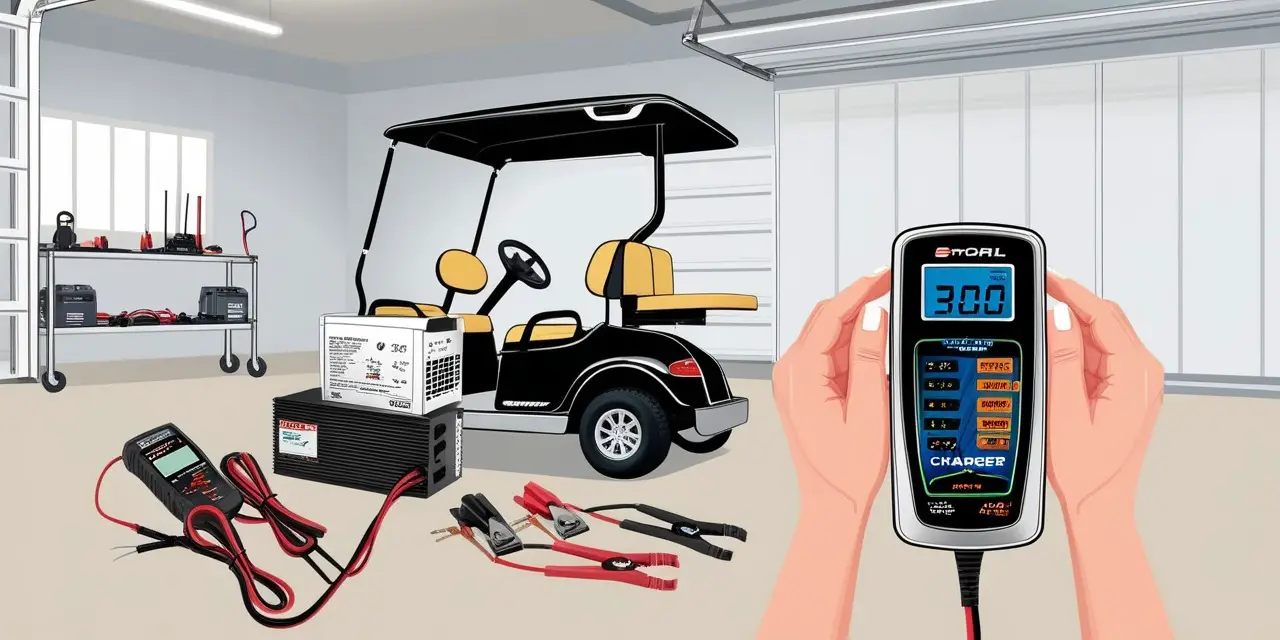
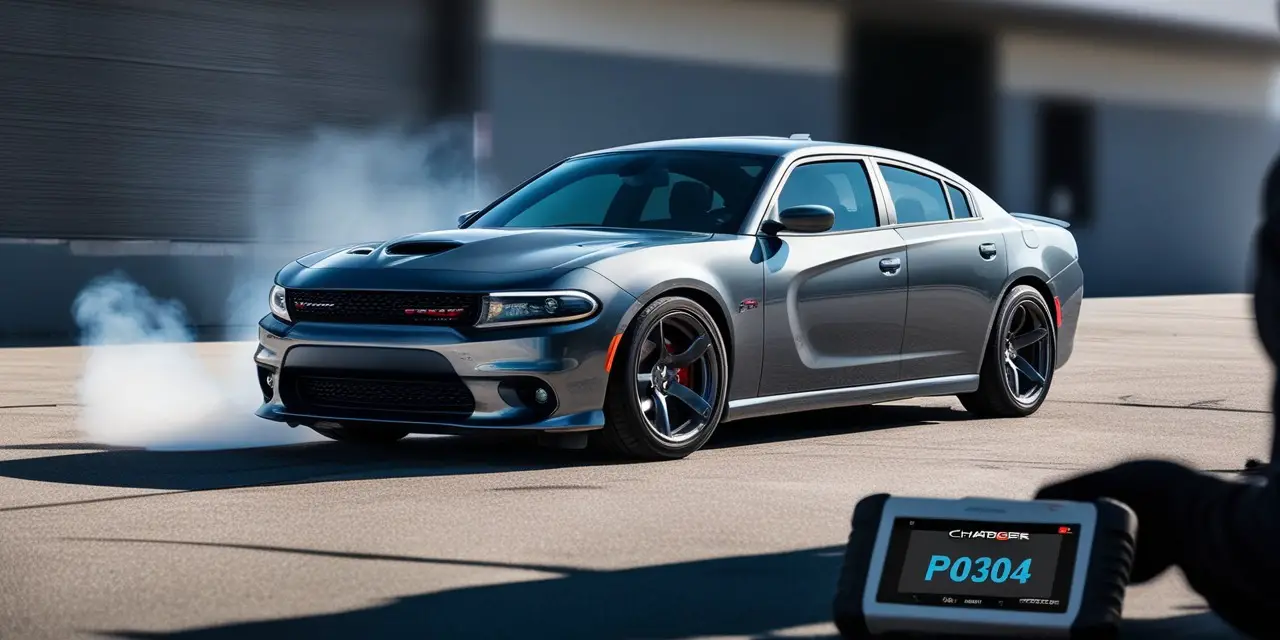
Leave a Reply